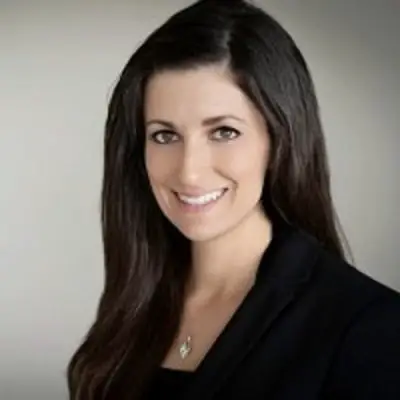Day in the life of
Speech-Language Pathologist – Lauren Hermann

I am a speech-language pathologist (SLP). The field of speech-language pathology is extremely broad. SLPs can work with patients across the lifespan- from infants to end-of-life. While many SLPs work in the school systems, my work history is primarily in the hospital systems. A typical day of work for an SLP working with adults in the hospital will look like the following:
- Arrive at the hospital and collect your patient assignment list
- Spend 15-30 minutes chart reviewing new admissions and prepare for your first evaluation. An evaluation may include assessing a patient’s swallow function, speech, language, communication, voice, or cognition (memory, attention, etc…)
- Speak with the nurses taking care of the patients you’re assigned to and begin your evaluations.
- Update the nurses and/or physicians on any new recommendations you’re making for the patient (you might recommend different food textures that are easier to chew, a barium swallow x-ray to further evaluate the patient’s swallow function or communication strategies)
- If a patient needs a barium swallow x-ray (known as a modified barium swallow study), you will need to schedule this test with the radiology technicians and conduct the exam with a radiologist.
- Continue seeing the patients on your list for evaluations and therapy sessions as needed.
- You might participate in patient rounds, which involve discussing each patient’s case on a particular floor with the medical team. This will allow you to update the team on important recommendations and discharge needs.
- Write all of your evaluation notes, therapy notes, and discharge notes by the end of the day. Submit billing.
Pros
Pros of this career include a variety of work settings, increasing job demand, and the intrinsic benefit of helping people improve or regain their abilities to enjoy life’s greatest gifts: speaking and eating.
Cons
Cons of this career include the paperwork, productivity requirements, and lack of resources for SLPs when compared to physicial therapists and occupational therapists.
For a detailed account of what speech-language pathologists do across a variety of settings (e.g. hospitals, home health, nursing home, teletherapy, private practice, etc…), I have written a book titled “But My Speech Is Fine!” which features true stories of SLPs across the United States sharing their work experiences.
Speech-Language Pathologists
assess and treat persons with speech, language, voice, and fluency disorders. May select alternative communication systems and teach their use. May perform research related to speech and language problems.



.jpg)